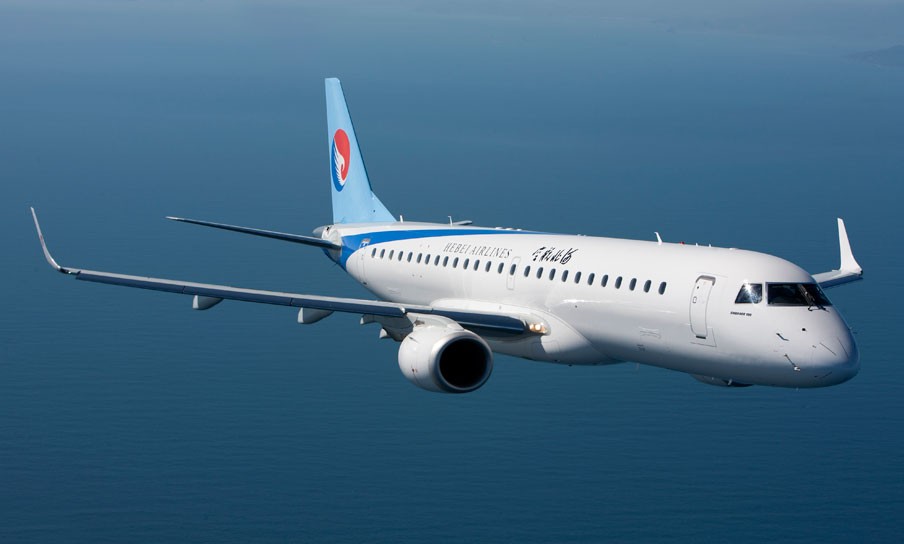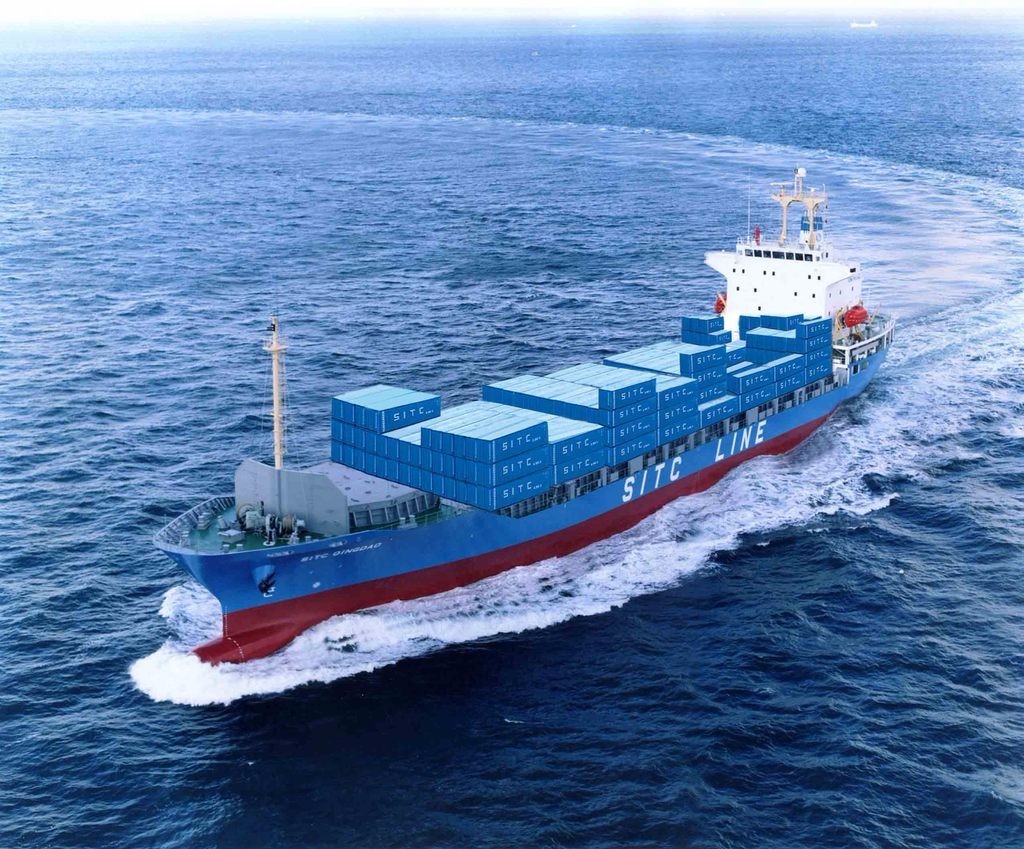Ocean Freight
Ocean freight is one of the most common transportation methods in international trade. It boasts the advantages of large capacity and low cost, making it suitable for the transportation of bulk commodities and raw materials. The transportation time for ocean freight is relatively long, but it is stable and less affected by natural factors such as weather. For goods that are not time – sensitive, ocean freight is an ideal choice. For example, it usually takes about 30 – 40 days for ocean freight from China to Europe. During the ocean freight process, goods are typically loaded into containers, which can be transferred between different ports, greatly improving transportation efficiency and safety.
The cost calculation of ocean freight is relatively complex, mainly including ocean freight, port charges, and bunker adjustment factor, etc. Ocean freight is calculated based on the volume and weight of the goods, while port charges are related to the loading and unloading ports of the goods. In addition, the bunker adjustment factor will be adjusted according to the fluctuation of international oil prices. To ensure the safety of goods during ocean freight, marine insurance is usually purchased to deal with potential risks such as cargo damage and loss.
Air Freight
Air freight is the fastest transportation method in foreign trade express. It can transport goods from one country to another in a short time, greatly reducing transportation time. For high – value and time – sensitive goods, such as electronic products, flowers, fresh produce, etc., air freight is an essential choice. For example, it usually takes only 1 – 3 days for air freight from China to the United States.
However, the cost of air freight is relatively high, due to its high transportation costs and strict packaging and safety requirements for goods. The cost of air freight is mainly calculated based on the volumetric weight of the goods. The volumetric weight is calculated by dividing the volume of the goods by a specific conversion factor. In addition, air freight must comply with strict aviation safety regulations, such as the prohibition of transporting dangerous goods. During the air freight process, the tracking and inquiry of goods are relatively easy. The location and transportation status of goods can be understood in real – time through the airline’s system.
Multimodal Transport
In addition to ocean freight and air freight, multimodal transport is also a common transportation method in foreign trade express. It combines the advantages of various transportation methods, such as combining sea, land and air transport to achieve more efficient and economical transportation. For example, goods can be transported from inland cities to ports by land transport, then transported to foreign ports by sea, and finally delivered to customers quickly by air. This mode of transportation can be flexibly combined according to the characteristics of goods and the needs of customers to achieve the best transportation effect.
The transfer and connection of goods are key links in multimodal transport. It is necessary to ensure that goods can be smoothly transferred between different modes of transport, avoiding delays and damage. At the same time, the cost calculation of multimodal transport is also relatively complex. It is necessary to take into account the costs of various modes of transport and the costs in the transfer process. Through reasonable planning and coordination, multimodal transport can provide foreign trade enterprises with an efficient and flexible transportation solution.
Post time: May-28-2025







